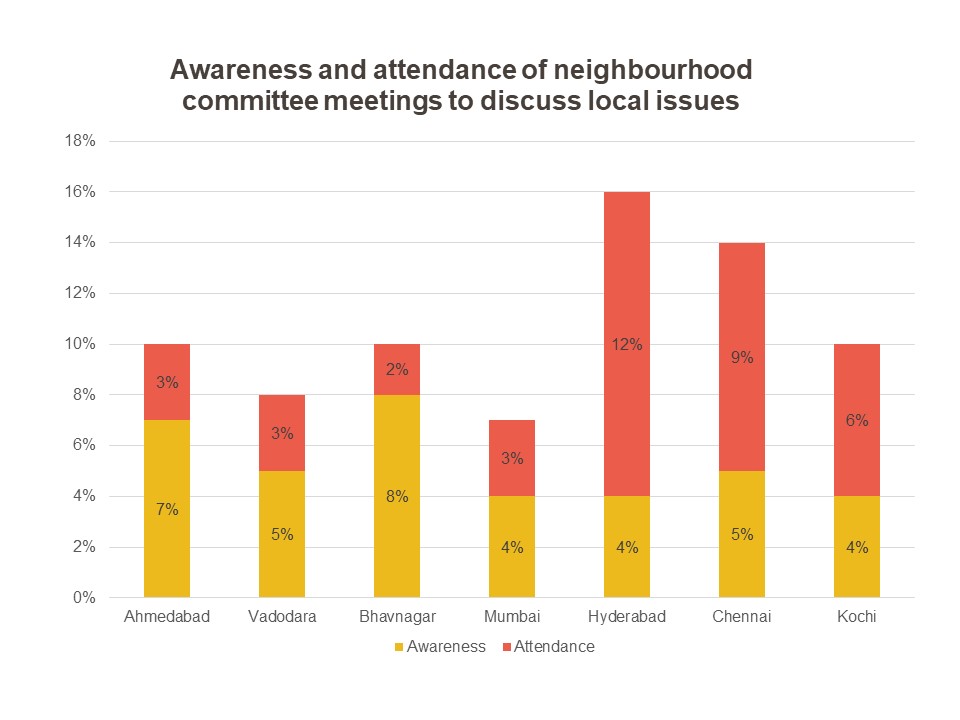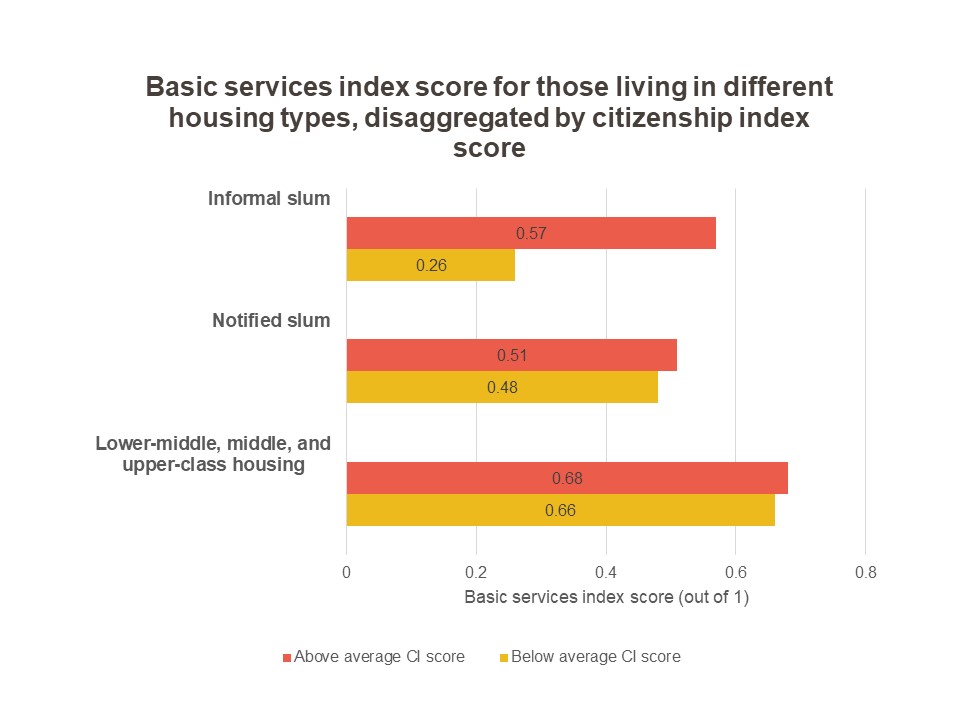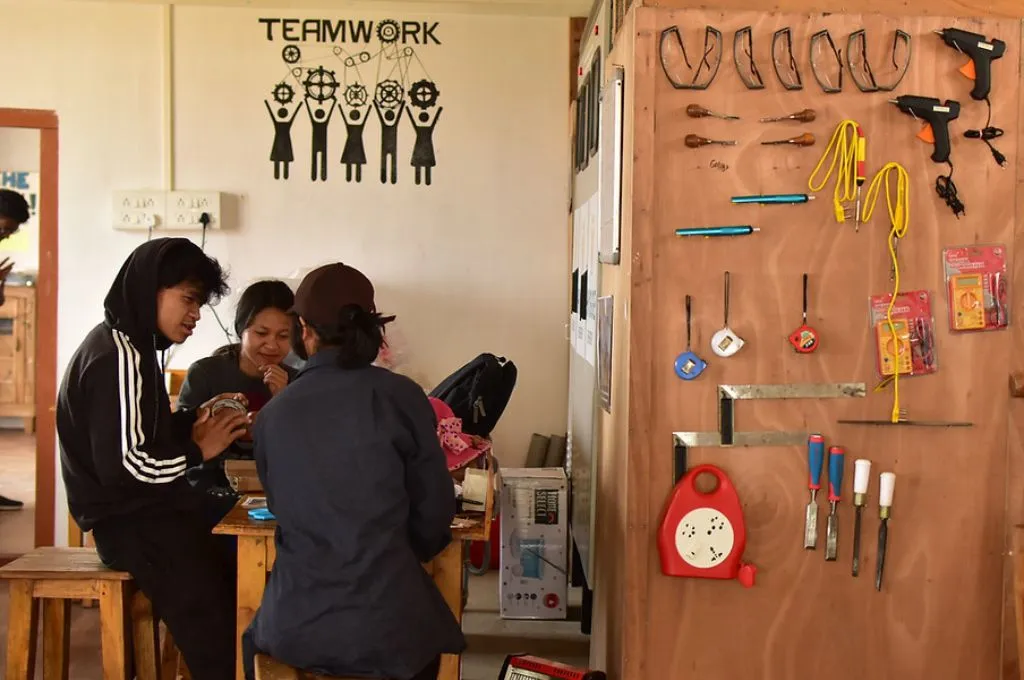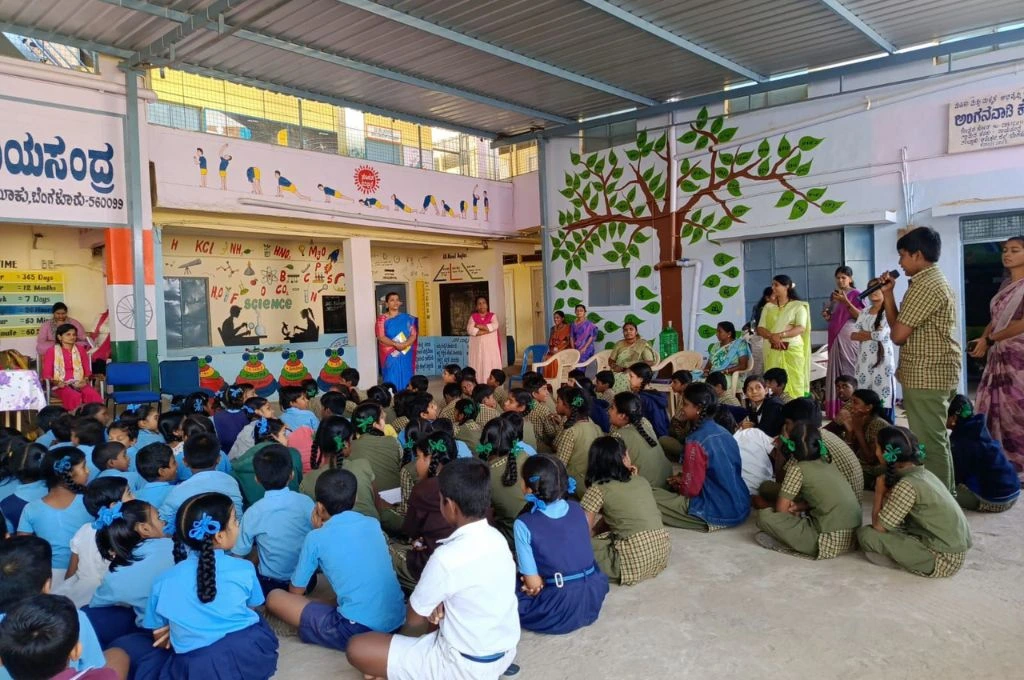The COVID-19 pandemic has brought to light the struggles governments face in managing basic services and providing relief in a crisis, particularly for marginalised communities. It has also highlighted the need for empowered local governments and civic participation at the local level, and has highlighted that efficient and targeted services such as public health and sanitation require decentralised channels of delivery.
The Constitution (74th Amendment) Act of 1992 mandated the formation of ward committees under municipalities in Indian cities to decentralise power to local levels. The Community Participation Law (CPL) introduced the concept of area sabhas, which are linked to ward committees and comprise of all registered voters in a polling booth (similar to a gram sabha). Despite these constitutional provisions for the devolution of power, implementation on the ground has remained a distant dream. Several states have enacted the CPL and constituted ward committees, but out of India’s major cities, only Hyderabad and Guwahati have constituted area sabhas in all wards. Even then, no city in India has functioning ward committees or area sabhas city-wide.
Related article: How can we empower city governments?

Larger cities in India currently function with concentration of power and authority in a centralised administration. This is often dominated by the bureaucracy rather than elected representatives. Without functioning formal platforms for citizen participation at the local level, there is a fundamental disconnect in Indian cities between citizens and the state.
In this article, I share insights and evidence from studies conducted in several Indian cities to assess the state of civic awareness and participation and its impact on the quality of services received by citizens.
It begins with low awareness of and attendance at ward committee meetings
Janaagraha is working with Brown University on an on-going research study with the objective of gathering systematic data on the relationship between citizenship (civic and political knowledge and participation) and delivery of public services such as electricity, water, sanitation, and roads. We are surveying 1,000-3,000 citizens in a total of 17 cities, which includes Tier I-III cities, as well as megacities. 1 Here, we share some early insights from seven of them that were studied in 2019.
In these seven cities, there is little evidence of wide-spread implementation and functioning of local government bodies.
Our findings highlight the low awareness among citizens of any committees at the ward-level discussing local issues, and low attendance at such committee meetings. As shown in the figure below, the highest level of awareness was seen in Hyderabad, followed by Chennai, but the figures were still low at 16 percent and 14 percent respectively. Among those aware of the ward committees, attendance was again highest in Hyderabad (74 percent) and Chennai (66 percent). In Kochi, while awareness is lower (10 percent), more than 50 percent of those who are aware attend meetings. Overall, at least in these seven cities, there is little evidence of wide-spread implementation and functioning of local government bodies.

Source: Janaagraha
Evidence suggests that civic participation can improve quality of life for citizens
Our cities are plagued with challenges around service delivery and infrastructure, which will likely only worsen as India continues to urbanise at a rapid pace. Thus, we need effective and functioning platforms for civic engagement. Plus, constitutional provisions of ward committees and area sabhas need to move into the next phase of actual implementation. Research points to how increased civic participation leads to improved service delivery and accountability at the local level, and builds trust between citizens and governments. There is a need to enable grassroots democracy to provide a voice to citizens.

There is a need to enable grassroots democracy to provide a voice to citizens.
Our study in Bengaluru showed that generally, when citizens, particularly the urban poor, have higher ‘levels of citizenship’, they receive better services and infrastructure. As shown in the figure below, those living in informal slums, with a citizenship index (CI) score greater than the Bengaluru average (of 0.32 out of 1), and have better quality of services (0.57 out of 1 on the basic services index) than those who score below the Bengaluru average (0.26 on the basic services index). Interestingly, this difference is much more pronounced for citizens living in informal slums, than for those in notified slums and other types of housing.

Source: Janaagraha
The relationship between civic participation and improved services was also highlighted during our study in the seven cities listed above. For instance, across Hyderabad, Chennai, and Kochi, citizens who attend neighbourhood meetings to discuss local issues have better service delivery than those who don’t attend them. This is particularly true, and more consistently so, for those living in slum-type housing. Of the citizens who live in slum-type housing:
- In Hyderabad, 88 percent of those who attend meetings have a flush or pour flush latrine within their house that connects to a piped sewer system, compared to 79 percent of those who do not attend meetings.
- In Chennai, 63 percent of those who attend meetings get water for more than five days a week, compared to 40 percent of those who do not attend meetings.
- In Kochi, 78 percent of those who attend meetings have a source of water, both for general use and drinking, compared to 58 percent of those who do not attend meetings.
Related article: IDR Explains | Local government in India
There were also positive differences in levels of trust between citizens and the state, as well as in community relations. In Chennai for example, 49 percent of those who attend meetings said they felt the corporator 2 cared about the well-being of those in their constituency, compared to 39 percent of those who do not attend. Further, those who attend meetings are twice or sometimes three times more likely to have come together in their neighbourhoods to collectively resolve a common civic problem.
While this is a positive sign, cities in India still have a long way to go in institutionalising governance bodies in their neighbourhoods and promoting sustained, equitable participation. It is time we take steps, on priority, to enable ward-level governance through formal platforms, and ensure adequate resources for citizen engagement. We need civic data to be accessible and transparent (for instance, ward-level budget briefs and city-level budget performance reports from Bengaluru), and knowledge to inform participation and encourage political accountability.
- Megacities are those Tier-I cities which have populations of more than 10 million, such as Delhi and Mumbai.
- A corporator or councillor of a ward is the elected representative of that ward.
—
Know more
- Explore findings from a survey conducted by Janaagraha that evaluate the quality of governance in 23 major Indian cities.
- Learn more about your urban local bodies’ finances by visiting cityfinance.in, a national framework of standardised, timely, and credible financial information on cities.
- Understand the role played by urban local bodies in India in tackling COVID-19, and ways to strengthen them, such as by making them financially viable and by empowering mayors.
Do more
- Download the Swachhata-MoHUA mobile app to post an issue that you come across in your city for it to be taken up by the city corporation.




